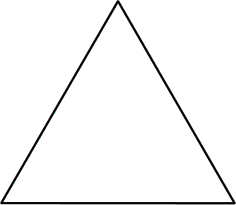23 MAY 2015 by ideonexus
 Engineering Away Extinction, Ecological Functioning
Engineering Away Extinction, Ecological Functioning
Or might the threatened animal be just one of several subspecies that all perform approximately the same ecological function? In that case its extinction might be inconsequential. That was the reality when the Galapagos giant tortoise ‘Lonesome George’ died in June 2012 and was mourned worldwide. Dubbed ‘the rarest living creature’, he was (probably) the last of his subspecies. Ecologists shrugged. Taxonomists shrugged. There are 10 more subspecies of Galapagos tortoise. Their populat...The American Chestnut is an example of engineering life to thrive and refill its function in the ecosystem. Tortoises are other examples.
13 AUG 2013 by ideonexus
 When Humanism Comes into Conflict With Naturalism
When Humanism Comes into Conflict With Naturalism
The humanist ethic begins with the belief that humans are an essential part of nature. Through human minds the biosphere has acquired the capacity to steer its own evolution, and now we are in charge. Humans have the right and the duty to reconstruct nature so that humans and biosphere can both survive and prosper. For humanists, the highest value is harmonious coexistence between humans and nature. The greatest evils are poverty, underdevelopment, unemployment, disease and hunger, all the co...Reducing carbon dioxide in the atmosphere is a naturalist position, but the trade-off is lowering living standards for many people in the world, which goes against the humanist position.
09 JUN 2011 by ideonexus
 The Promise of GM Foods
The Promise of GM Foods
TEN THOUSAND YEARS AGO, humans learned how to farm. It was an epochal invention that made possible settled life, cities, craft specialization, writing, organized religion, architecture, mathematics. science. Now humanity stands on the brink of a second agricultural revolution potentially as great as the one that occurred when our ancestors gave up hunter-gatherer way of life and settled down as farmers. Scientists and engineers are poised to genetically modify organisms to increase the yield,...GM foods hold the possibility of a second green revolution, allowing us to use less pesticides and less fertilizer and improve the nutritional value of our food supply.




